Description
For the Cummins B’s and C’s there has been what I consider, a high failure rate of the of idler pulley on the front of these engines. What’s actually failing is the center 10mm bolt (hex head cap screw) as it is shearing off at the bracket. This goes back at least 6 yrs and the factory has made a couple of changes, but from my view has totally failed to fix this reoccurring problem.
By viewing images within the article, you’ll see the difference between the new parts vs the old parts. I think the intent of the engineer that was assigned to this upgrade was to increase the surface area of the spacer where it is tight up against the bracket, additional support and lessening the leverage. All he did was change the diameter just behind the bearing and DID NOT change the footprint of the spacer where it needed to be enlarged. This is another example of true “couch engineering”. I tried to give some input to the factory about 10 years ago as to what needed to be done and the factory guy that was at my shop agreed. He even said “why such a cheesy bolt size, couldn’t they just use a larger bolt”. That is a very accurate quote as far as the content of what he said. So at this point I decided to start doing the pictured upgrade.
Replacing the 10mm bolt with a Grade 8 – 7/16 x 2 3/4″ bolt and nut. This requires drilling the spacer (new or old style) to 29/64″ and drilling the engine bracket to 7/16″. You can either reuse the front washer by drillings it to 29/64″ or use a new 7/16 high quality flat washer in it’s place (much easier). For the newer engines, you have to remove the sheet metal cap (like a thin freeze plug) to gain access to the bolt. You do not need to replace this and I recommend that you don’t. The newer looking pulley doesn’t offer any advantages from the longevity stand point and I’m not sure what the factory’s reasoning was for the change. Both pulleys use industry std 6203 sealed bearings (worth about $ 8 ea or less) and can be changed with minimum effort if this is needed (about every 5000 hrs in a dry environment). When doing this upgrade, be sure you lubricated the parts/bolt/nut and torque to yield (about 45-55 ft lbs).
Actually, I made a judgment error about a year ago when I first saw the “new” spacer/kit. From a casual look I figured that indeed the factory enlarged the footprint of the piece and decided to not make any more “unauthorized” upgrades. I didn’t actually measure it and allowed at least 30 engines to leave my shop without the “in house change”. NOT any more, as although I don’t know of any failures of these engines, I do know of some others with the re-designed parts.
Back to drilling. I recommend this procedure for any B & C over 2 years old and also for any new engine in a single engine boat.
The spring idler assembly has also had a few upgrade over the years, but none of these were from failure problems. There has been some casting changes, spring rate modifications, and ???. The good news w/ the tensioner is that it costs less than 10 yrs ago by a substantial margin. The current # is 3936201 and it’s about $100 or #3934818 , about $90. This belt system has proven to be a good reliable system (other than this idler pulley bolt) with belt life typically at 2000+ hrs. With a little effort, even that problem can be solved.
The two hard parts of the project that you need to do. Bore out the “spacer / bushing / sleeve” (what ever you want to call it), and drill out the bracket to accept a “real bolt”.
Finished Repair / Bored spacer, a 7/16″ Grade 8 bolt & Nut. Assembeled with some grease and torqued to about 45-55 ft lbs – Done right, no issues ever again!!
Note: I have resurrected this article from about June 2000 era as I am now seeing the issue re-surface again with the new Cummins REMAN Marine engine packages. Could they have gone backwards ???

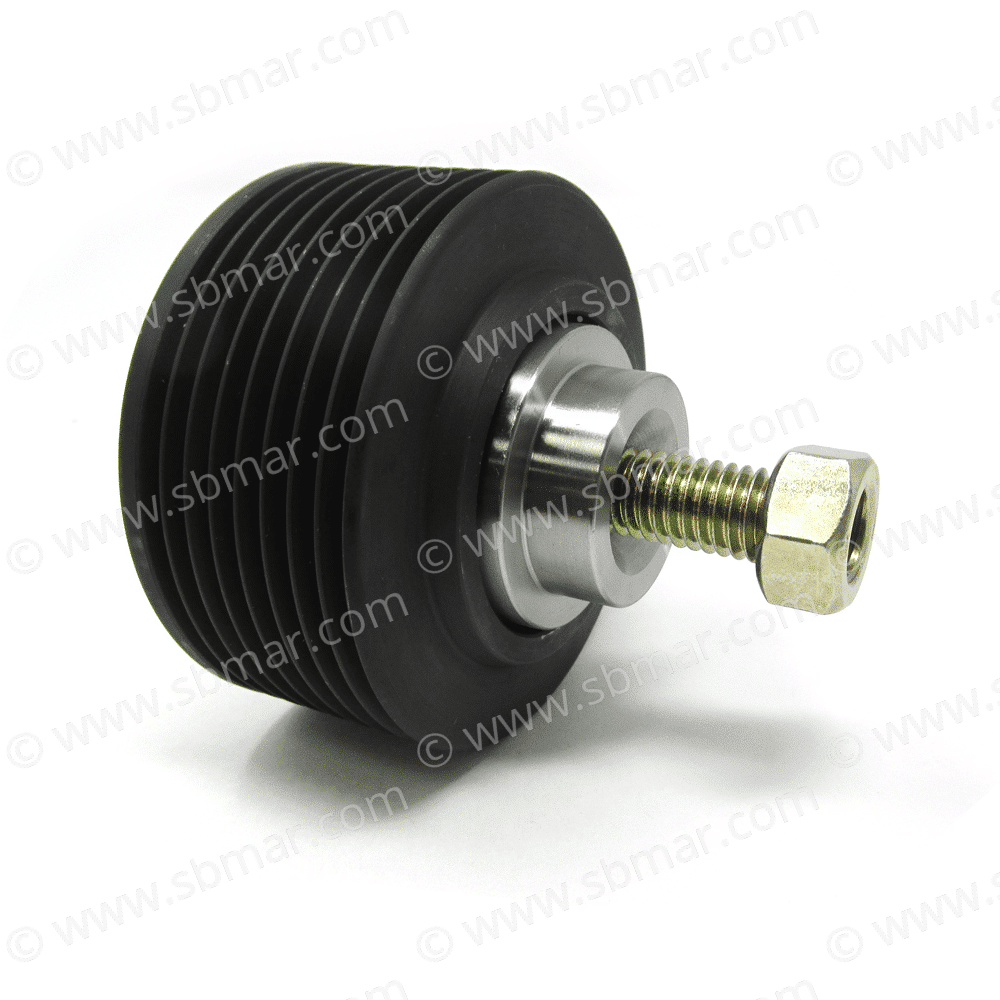
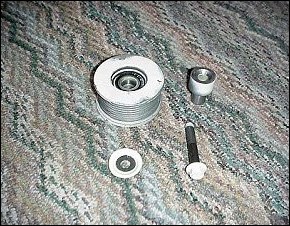

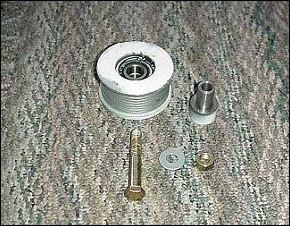
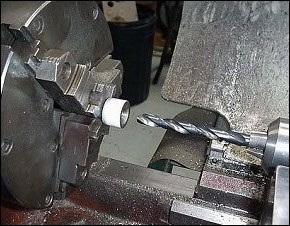
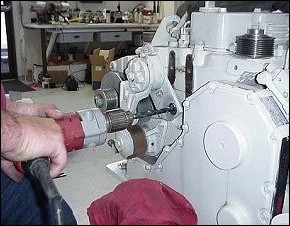
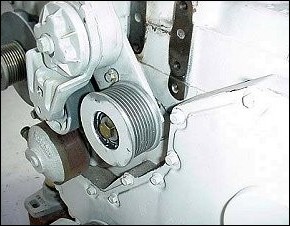
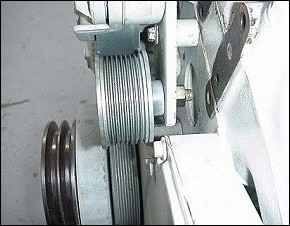
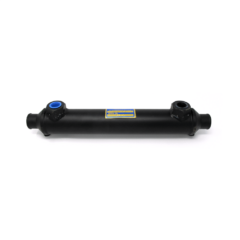
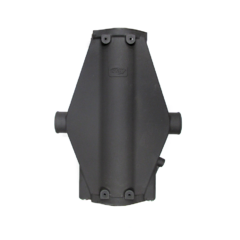
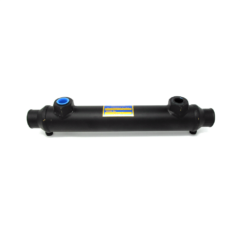
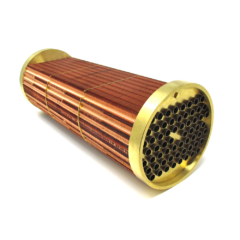
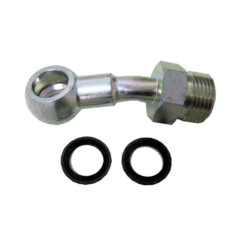
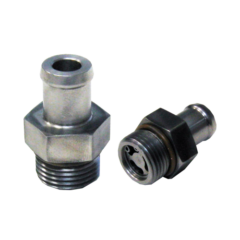
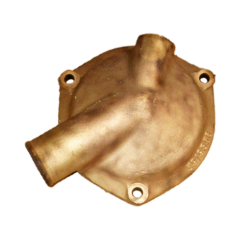
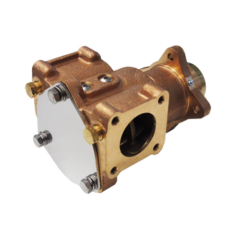
Reviews
There are no reviews yet.